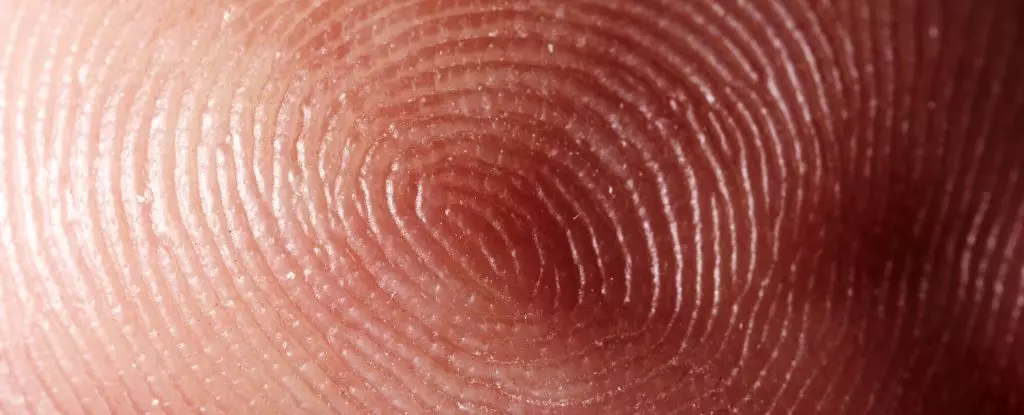For centuries, medical science has primarily focused on the central nervous system’s role in human health and communication. However, a breakthrough discovery challenges conventional insights about epithelial cells—the unsung heroes of our body’s protective barriers. Traditionally viewed as passive entities, these cells that line our skin and internal organs are now understood to possess a remarkable capability for signaling threats. This innovative research, spearheaded by scientists at the University of Massachusetts Amherst, reveals that epithelial cells communicate in a manner akin to neurons, albeit at a much slower pace. The implications of this revelation are enormous, potentially transforming how we approach healing and regeneration in medicine.
Revolutionary Methodology
The researchers, led by polymath Steve Granick and biomedical engineer Sun-Min Yu, employed an advanced experimental setup to probe the communication pathways of epithelial cells. Utilizing a specialized chip embedded with 60 electrodes, they monitored the activity of lab-grown human keratinocytes—key components of the epidermis. By simulating injury to this skin layer with a laser ‘sting,’ the team was able to capture a unique, ongoing dialogue among epithelial cells. What emerged from their observations was no mere whisper but rather a “slow-motion, excited conversation” akin to the alertness of a group responding to danger.
As the research demonstrated, these epithelial cells generate bioelectrical signals capable of traveling over impressive distances, reaching up to hundreds of micrometers from the site of injury. The signals propagate at a pace of about 10 millimeters per second—a stark contrast to the rapid neural impulses that underpin reflex actions and sensory functions. This nuanced understanding reveals a previously overlooked layer of biological communication that operates seamlessly within the human body.
Calcium Ions: The Language of Healing
A significant finding of the study pertains to the reliance of epithelial communication on ion channels within cell membranes. These channels serve as gateways for charged ions, particularly calcium, to traverse cellular barriers. What’s striking is that while neural communication is primarily influenced by voltage changes and chemical gradients, epithelial signaling hinges on mechanical stimuli—pressure and stretching. This distinction not only highlights the complexity of cellular communication but also points to the adaptive design of epithelial cells, which require responsive capabilities suited to their protective functions.
Perhaps even more intriguing is the longevity of the signals generated by epithelial cells, with some cellular dialogues persisting for several hours. This extended timeframe stands in stark contrast to the rapid fire of neuronal signaling, suggesting that epithelial cells engage in prolonged conversations about their environment—an essential feature for coordinating collective responses to injury.
Promises for Biomedical Innovations
The implications of these findings extend far beyond theoretical science; they open doors to innovative biomedical applications that could revolutionize patient care. One of the potential breakthroughs lies in the development of smart medical devices, such as wearable sensors that could detect injuries in real-time. Furthermore, electronic bandages that expedite wound healing could harness the natural signaling processes of epithelial cells, providing a far more efficient method for managing injuries than traditional treatments.
Granick and Yu have effectively laid the groundwork for a new paradigm in medical technology, emphasizing the need to understand the intricate dialogues within epithelial cells. As Yu succinctly notes, “Understanding these screams between wounded cells opens doors we didn’t know existed.” The quest for insights into these cellular whispers could yield transformative treatments, reshaping how we approach healing and rehabilitation in the face of injury.
The Future ofCellular Communication Research
While this pioneering study has unveiled a remarkable dimension of cellular communication, it also raises several pertinent questions. What are the precise mechanisms that underpin these signaling processes? Do variations exist among different types of epithelial cells? The answers to these questions are crucial and demand further exploration. Future research will need to delve deeper into the mechanics of these cellular signals and their implications for various medical conditions.
As we stand at the cusp of what may be a paradigm shift in our understanding of human biology, one thing becomes increasingly clear: the body is an intricate web of communication and response, far more complex than previously imagined. The discovery of epithelial cells “screaming” for help is not just a scientific revelation; it could also redefine how we prevent and treat injuries, ultimately ushering in a new era of personalized and effective healthcare solutions.


Leave a Reply